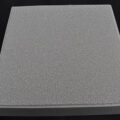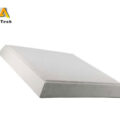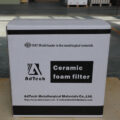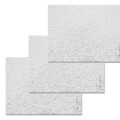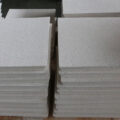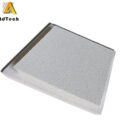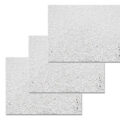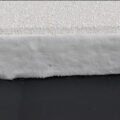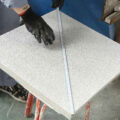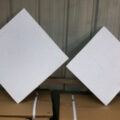Ceramic Foam Filters Research: Since the CFF for aluminum melt filtration is successfully developed by using organic foam impregnation in 1978, it has been rapidly promoted in the aluminum industry due to its low cost, high porosity, high filtration efficiency, and strong adaptability. Developed countries have developed early research and development of CFF for aluminum, with many innovations and many evaluation methods.
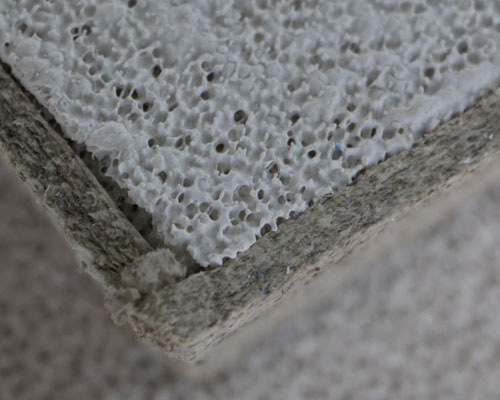
In-depth ceramic foam filters research has been carried out on the filtration mechanism, material, preparation process, and utility evaluation of CFF, and many results have been achieved:
(1) The pore size of the filter continues to decrease, from the conventional 20-40 PPI (average number of pores per inch length) to 50-80 PPI, and the filtration rate of inclusions below 20μm reaches more than 90%;
(2) The use of surface activation coating, matrix toughening and enhancement technologies, to greatly improve the thermal strength of the product, the resistance to melting erosion, and the filtration efficiency. The filter can be used continuously for 2 to 4 heats, and the single-plate filtering aluminum volume reaches 50~ 80 t;
(3) Adopt technologies such as multi-stage filtration, pore gradient CFF, multi-layer composite CFF, and the combination of CFF and other filtration methods to improve filtration efficiency. For example, the composite filter plate has a combination of 30 /50 PPI, 30 /60 PPI, 30 /70 PPI, etc., which is about 15% higher than ordinary single-stage filtration efficiency; the company also uses 30-50 PPI CFF and particles Combined with the use of tubular filters, the filtration efficiency can be increased by 20% to 30%.
(4) The use of special-shaped CFF can increase the effective filtration area. For example, the wave-shaped surface area is 30% more than that of the traditional filter plate, and the metal throughput and filtration efficiency are greatly improved.
The most critical evaluation index of filtration effectiveness is filtration efficiency, that is, the removal rate of specific inclusion content before and after melt filtration.



